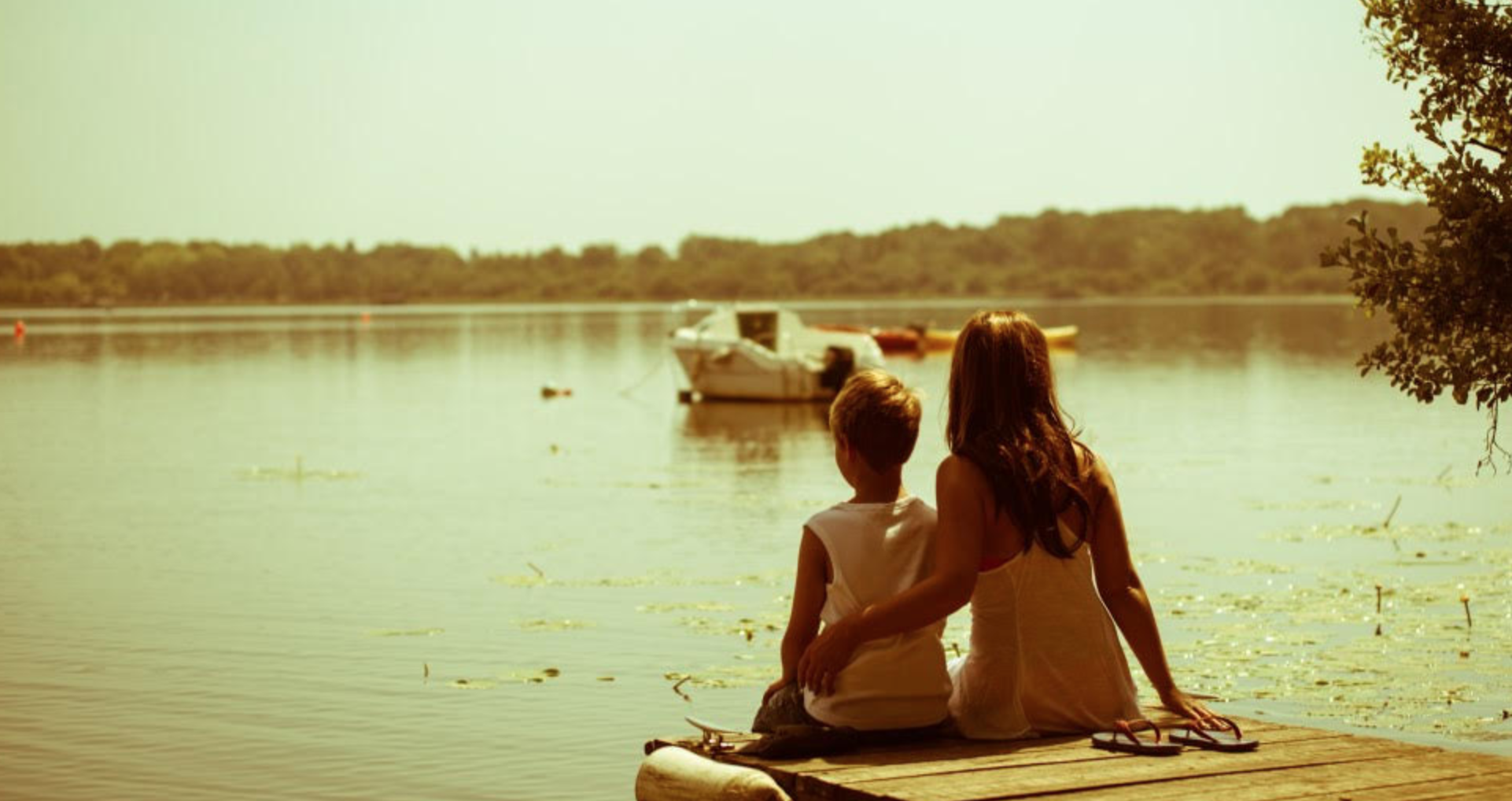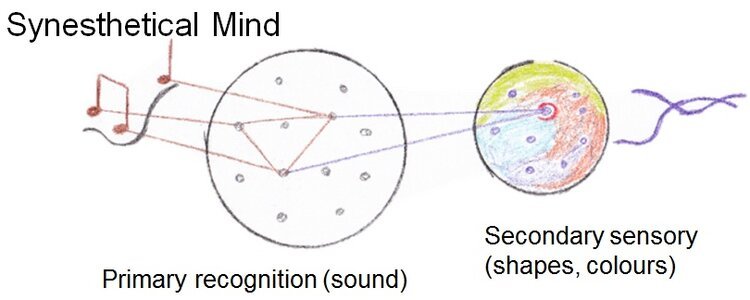Music is the most symbolic language of all the arts. It is the wisdom of humanity which has been stored by many generations. Playing a musical instrument gives you access through a galaxy of sounds to feelings of your inner self. Music is a time travel device of imagery. How do the harmonic rollercoasters of the modern generation make you feel? How would you have felt in the time of the Renaissance, or the Classical or Romantic or Baroque times? Now consider composers, who are just humans as we are, but with the genius ability to transform subjective experiences into art, how did they feel? Explore the mentalities of different cultures through music, and find out more about yourself.
Synaesthesia workshop
Synesthesia causes excess communication amongst brain maps… Depending on where and how widely in the brain the trait was expressed, it could lead to both synesthesia and to a propensity toward linking seemingly unrelated concepts and ideas- in short, creativity.’ (Ramachandran and Hubbard, 2001, 2003)
What if you were told about Your Creative Potential which was lost in childhood?
Up to a quarter of children before the age of 7 years project visual images into the space in front of them, whereas the vast majority of other people would describe it more like an inner screen within their mind’s eye.’ (Jamie Ward, p. 103)
V.S. Ramachandran: ‘The brain is a 1.5kg mass of jelly, the consistency of tofu, you can hold it in the palm of your hand, yet it can contemplate the vastness of space and time, the meaning of infinity and the meaning of existence. It can ask questions about who am I, where do I come from, questions about love and beauty, aesthetics, and art, and all these questions arising from this lump of jelly. It is truly the greatest of mysteries. The question is how does it come about?’
Business and Creativity. Understanding Subjective in a Teamwork - (Why you do not see what I see?)
Art & Music as stress-relief Therapy
Life inspiration: problem-solving without emotional distress- see the sound, taste words, touch the aroma, be present from a different angle. Jamie Ward points that ‘ synesthesia might be more common in artists, poets, musicians and so on; that is, in people who we assume from first principles to be creative’…. Or do synesthetes choose their profession because they are ‘blessed’ with the insight to feel and express the world?
The following online Archive lists exceptional synesthetic personalities
Theory of evolution: ‘In Britain, Charles Darwin’s cousin, Sir Francis Galton, was interested in applying his cousin’s theory of images and the nature of genius…For many people, including those with synesthesia, the idea of ‘seeing’ a ‘mental image’ with their ‘mind’s eye’ is not a figure of speech but accurate description of their sensory world.’ (Jamie Ward, The Frog Who Crocked Blue).
Synesthesia and creativity
It has been hypothesized that we are all born with infant synesthesia, with cross-modal processing, all our senses working together, observing information from different sensory angles, synchronized to a moment, which gives enormous creativity and imagination at a young age; but which gets dominated by logic in later stages of life. To make playing easy, the mind has to work first. The Method of Loci is a mnemonic device introduced in ancient Roman and Greek rhetorical treatises. It is a method of memory enhancement that uses visualization to organize and recall information. Instead of struggling with notes, finding the bridge between sound, the visual image, and character and the touch and feel of musical texture under your fingers opens the way to the true enjoyment of music.
Recent scientific research proved that for successful learning the memory should be engaged through 2-3 different senses, as an example of synesthesia’s cross-modal links, making sound visual and tactile. As Zoe Cormier (Neuroscience, BBC Focus, issue 286 October 2015) explains:
‘Purring cats relax us and explosions shock us. But music can do something even more extraordinary: exhilarate us…listening to music can stimulate ancient parts of the brain involved in reward and pleasure. But more importantly, a complex sequence of events result in the release of the neurotransmitter dopamine by a part of the brain called the nucleus accumbens. Once flushed into the bloodstream, dopamine can make tingle us from the top of our heads to the tips of our toes. What’s more, music also triggers the release of other neurotransmitters such as endorphins, serotonin and vasopressin. Music is an auditory chemical cocktail.’
Dr. Amanda Tilot, Max Planck Institute for Psycholinguistics in Nijmegen, the Netherlands reviewed: ‘Svetlana uses her cross-sensory perceptions in her teaching, adapting her impressions to help her students learn to perform complex pieces.’ (Science in School, The European journal for science teachers, 2016)
inspirING audiovisual material

Brainstorm, Memory
Storing a memory using a variety of codes- verbal, sensory, and spatial-is better than using one code.’ (Jamie Ward, The Frog Who Croaked Blue, 2008, p.137)
picture from dailygenius.com
Power of visualization
Think spatially. One of the devices of synesthesia is a projection of visual images to the inner screen’, the mind’s map. Professor Ian Robertson, Mind’s Eye: An Essential Guide to Boosting Your Mental Power
Mirror-touch synesthesia
Jamie Ward: ‘one of the best examples of a type of synesthesia is that an over-active version of normal multisensory perception. As one of the synesthetes put it: “I have never been able to understand how people can enjoy looking at bloodthirsty films or laugh at the painful misfortunes of others when I can not only see it but also feel it,” This type of synesthesia could make people more caring and empathetic.’
My collection with recommended resources about synesthesia, collected over the years.
Genetics. Wiring the brain. Harvard University. Visual Music. Synaesthesia Project. History. Psychology.
An eyeful of Sound. Wassily Kandinsky. Think outside the Box. Future Brain. Classical Music.
Capoeira. Alexander Scriabin.
(last access of URLS, February 1st, 2021)

















